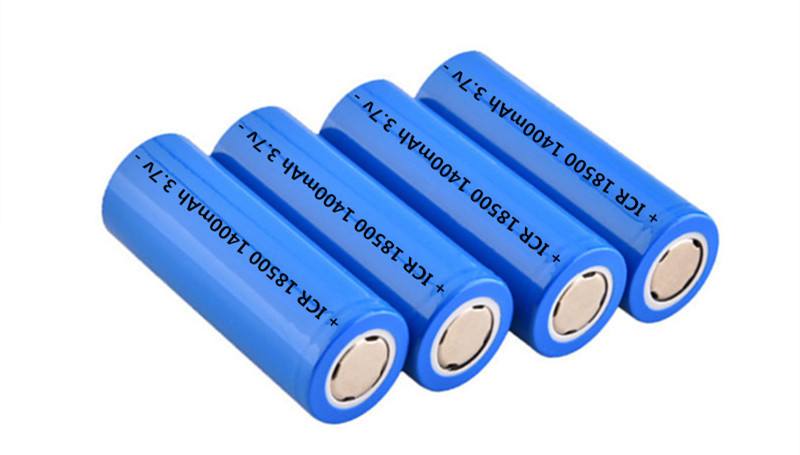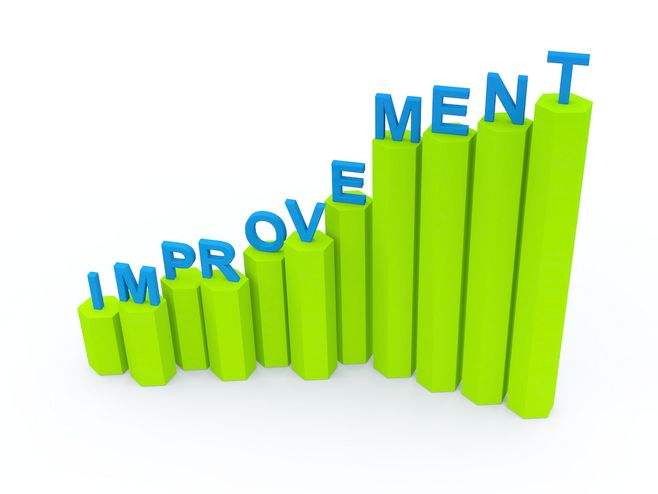Lithium-ion Battery Production Pollution
Oct 30, 2019 Pageview:1467
Lithium-ion batteries are deemed to be the current face of technological revolution supplying robust power solutions for driving the industry in renewable energy sources. The cells have a broad range of applications ranging from low power electronic equipment to large scale power machines and inventions. From standard and straightforward consumer electronics such as smartphones and laptops to electrifying machines such as electric cars and planes, lithium-ion batteries have made a significant impact in designing a piece of the future.?
Immeasurable research by various professionals and scientists has provided a platform for the battery technology to be enhanced, therefore rendering it very reliable. Soon its applications will be immense and purpose to serve mankind in supporting life itself. The technology, however, still brings up a few safety concerns while its life services are still insufficient and at high costs.?

Is the lithium-ion battery environmentally friendly?
Lithium is extracted from the earth, and unlike other resources, it does not require destructive processes to obtain. The method of mining lithium, such as through briny, underground ponds, and solar evaporation, has minimal a minimal effect on the natural environment. Scientists are, however, hoping, after extensive research, to eliminate to remaining impact as they continue to upgrade the process.?
The procedures involved in processing lithium-ion batteries is much greener than many fossil fuels used as alternative sources of energy. Due to their efficiency, the cells tend to last longer than their predecessors, and thus, less is to be recycled. Lithium batteries are therefore considered environmentally friendly. With the ongoing development progress, they will soon become the most adored green-energy source.?
How is lithium produced for batteries?
For a while now, lithium production has depended on mineral ores like lepidolite, petalite, and spodumene as its sources. The extraction of lithium from such ores has however, proven to be quite costly as compared to extracting the metal ore from brine containing lithium elements. The cost of extracting lithium metal from certain hard rocks is propagated to be twice as much as producing it from the normal brines.
A better alternative, such as salar brines, which are underground reserves containing concentrations of dissolved lithium salts, is thus considered. Salars can be termed as the surfaces of dried lakebeds from such metals that can be mined. Initially, lithium is processed from the brine, clay, and spodumene, but as technology continues to evolve, so do new and advanced processing methods emerge.
Processing lithium from Brine
To extract lithium from brine, a number of processes need to occur. Firstly, the water with large salt concentrations must be pumped to the surface of the salar using a series of evaporation methods over some time. Solar evaporation is therefore the most suitable procedure due to the fact that salar brines naturally occur at high altitude areas where rainfall levels are quite low. This makes it an ideal and cost-effective method of salt precipitation.
Once the lithium chloride within the evaporation ponds achieves optimum concentration levels, the intended solution is pumped to an industrial plant where extraction and filtration processes occur. These procedures are meant to purify the solution and thus do away with any magnesium or boron properties present. The resulting purified solution undergoes treatment using soda ash, and this precipitates lithium carbonate, which is later filtered, dried, and readied for transport.
The end product, lithium carbonate, is considered a stable white powder, which is a primary compound in the processing of pure lithium metal. The excess residual brines left after treatment is pumped back into the salar to facilitate further extraction processes.
Processing lithium form clay
Extracting lithium from clay involves a wide variety of techniques to choose from depending on the nature of the specified selected raw material. Clay has, however, failed to prove its reliability when it comes to cost-effective extraction sources of lithium and is therefore not being utilized on a commercial scale. The procedures that are involved in extracting lithium from clay include the following:
· Hydrothermal treatment
· Disaggregation
· Sulfate roasting water leaching
· Alkaline roasting water leaching
· Chloride roasting water leaching
· Acid baking water leaching
· multiple-reagent roasting water leaching
Processing of lithium from Spodumene
The extraction kicks off with a process known as decrepitation whereby the ore is crushed and heated in a rotary kiln to change the crystal phase of lithium from alpha to beta. This procedure allows the lithium available in the metal to be displaced by sodium mineral. The resulting concentrate is then cooled and later milled into powder form before finally being mixed with sulphuric acid and roasted once more. The concentrated solution is then filtered through an advanced filter-system, thus resulting in precipitation, which disposes calcium and magnesium from it.
As much as spodumene deposits may have a higher lithium concentration than brine, the extraction process tends to be costlier because of the massive amounts of energy consumption. The materials needed for the extraction are also quite a number and more advanced hence contributing to the expensive budget as well. These are some of the reasons why processing lithium from spodumene yields a much lower produce per year as compared to brine. The end product is mixed with soda ash, thereby crystallizing lithium carbonate, which is heated, filtered, and dried as a pure state.

Conclusion based on the processes
What can be concluded from the above processing of lithium methods is that extraction of the metal from brine might be cost-effective, but it is also slow. This is because natural solar evaporation requires long periods. The removal of lithium from spodumene is costly but also serves as the fastest method. As technology advances, new techniques of processing lithium metal, such as geothermal and solvent extraction, are being researched. These methods are, however, too indecisive to be used on a commercial scale.
How to improve lithium-ion battery production processes?
The adoption of a technological transformation with advanced robotic and engineering solutions can help in producing better modules and designs for the battery. Automation and digitalization can further boost the efficiency of the cells, thus reaches new heights in the production processes while lowering the incurred costs.?
Final thoughts
Lithium production has undergone a revolutionary change in the technology industry, with manufacturers reaching out to obtain efficiency at low costs while going green. This progress will prove to put lithium-ion batteries on the map of potent energy solutions for powering our bright future.
- Prev Article: Li-ion Battery for Solar Energy Storage
- Next Article: LiPo Battery Problems - Storage, Charging, Revision
Leave Message
Hottest Categories
-
Hottest Industry News
-
Latest Industry News









